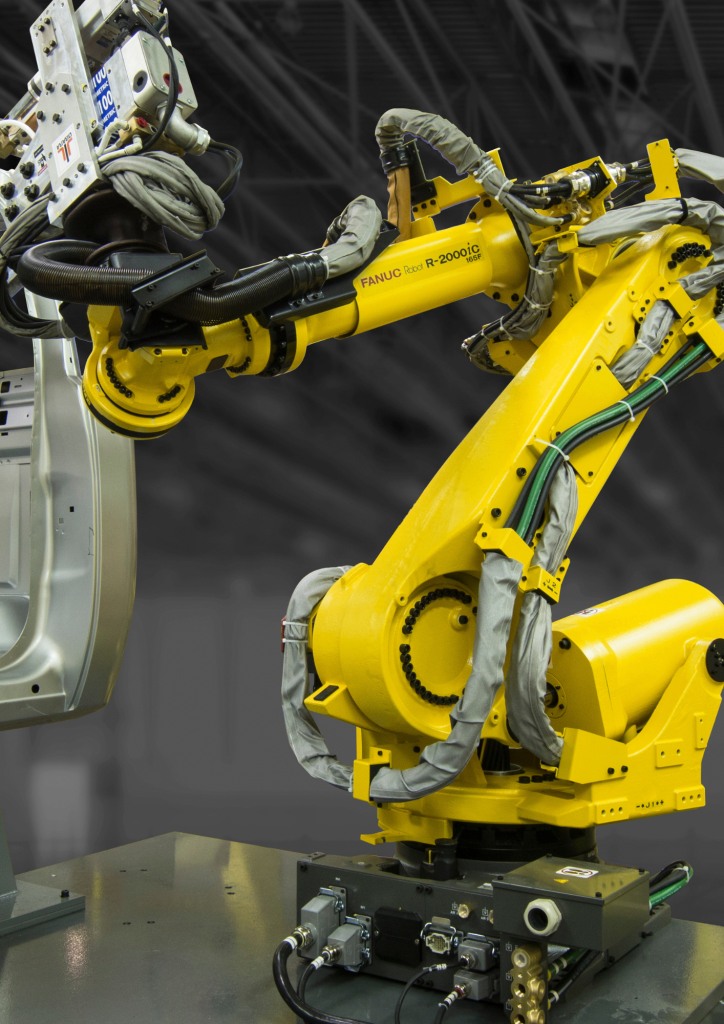The development of robotic arms has revolutionized the manufacturing process by mixing safety, precision efficiency, and other elements that were previously impossible. These technological marvels, sometimes called robot arms, are indispensable in many industries around the world and are driven by the imperative need to reduce operating expenses and maintain high standards of quality. In integrating robotic arms into production lines, companies have not only reduced costs but are also revolutionizing workplace safety and efficiency. Find out how these robotics have changed the landscape of industrial production.
Cost-effectiveness is driving the adoption of robotic arms around the world. Factories face relentless pressure to minimize production errors, decrease material waste, and lower the risk of workplace accidents. Robotic arms are able to tackle these challenges. In contrast to human workers, robotic arms complete repetitive tasks with pinpoint accuracy to avoid costly mistakes and reducing waste of raw materials. For example, in industries with high volumes such as automotive manufacturing, robot arms are able to perform precise welding and part placement, ensuring flawless assembly each time. This quality of work can result in significant savings, since less defective items mean less rework and wasted.

Image credit: automatedsolutions.com.au
The safety of robotic arms is an important aspect. Many manufacturing tasks such as handling hazardous materials or operating large machinery pose risks to workers. With the help of robot arms, firms can shield employees from these dangerous environments, drastically decreasing the chance of injuries sustained in the workplace. A robotic arm, designed as a kinematic chain of movable joints, mimics the functionality of a human arm but operates without the risk of physical harm. They are equipped with robotic hands or end-effectors that can be programmed. They are capable of performing tasks like grasping, spinning and welding under conditions that are unsafe for humans.
The versatility of robot arms is a game changer for many industries. Robot arms can adapt to diverse tasks, from assembly for automobiles to electronic production. The programmability of these robot arms enables them to carry out complex tasks like painting or applying fiberglass with an unmatched degree of precision. Robotic arms have transformed the process of palletizing in warehouses, allowing it to be automated with speed and precision. Automation not only improves efficiency but also ensures safety as robot arms can operate without a lot of fatigue.
One of the most exciting advancements in this field is the rising popularity of collaborative robots also known as cobots, that are able to work with human workers. Cobots with robotic arms, unlike conventional industrial robots that are confined in isolated cells, are designed to interact with human beings safely and efficiently. The robotic hand of a cobot can be used to perform the heavy lifting and repetitive tasks in factories, ensuring that workers can be freed to take on more challenging duties. This collaboration enhances productivity while maintaining a safe working environment, as cobots are programed to stop or modify their actions if a person is present.
The effect of robotic arms goes beyond the safety and efficiency of robotic arms into the very foundation of manufacturing today. They are essential to industries that require high precision for tasks like welding, assembly or even material handling. For instance, in the manufacturing of automobiles, a robot arm can move and rotate parts while assembling, ensuring an exact alignment with no human intervention. Robot arms are also employed in electronics to manage fragile components. This reduces damage, and increases output quality.
As industries evolve robots’ roles will expand. They will be a key element in the future of manufacturing due to their capability to cut costs, increase safety, and be able to adapt to different tasks. Utilizing cutting-edge technology and human ingenuity, robot arms are more than tools. They’re partners in innovations, changing the way we construct our world.